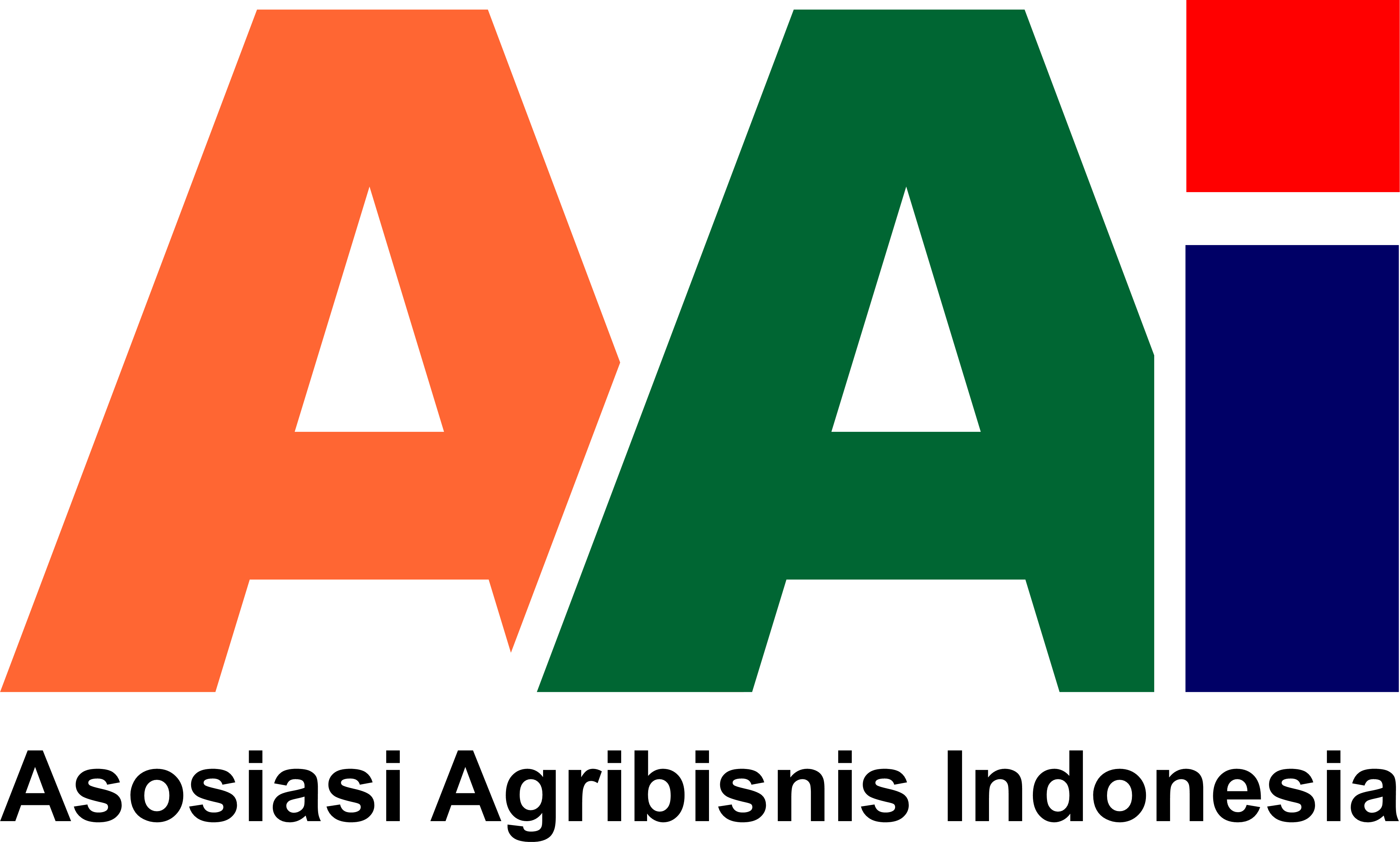SIKAP PETANI TERHADAP PRODUK BANK SYARIAH MANDIRI DI KECAMATAN GUBUG KABUPATEN GROBOGAN
Abstract
Bank was one of the important financial institutions in supporting economic growth, the bank was being an alternative source of capital for farmers to meet the needs of agricultural production facilities. This study aims to analyze the factors that influence the attitudes of farmers towards Bank Syariah Mandiri products, analyze the attitudes of farmers toward Bank Syariah Mandiri products, analyze the influence of factors that influence the attitudes of farmers including education, age duration of farming, number of family dependents and income towards Bank Syariah Mandiri products in Grobogan Regency Gubug District. The method used in this study is a survey method. The study was conducted on Juny 14-July 30, 2019 in Trisari Village, Gubug District, Grobogan Regency. Research location was chosen intentionally and the method of determining the number of samples used is purposive sampling with non-probability techniques. The number of respondents is 47 people from the Farmer Group Subur Makmur. Data analyzed with descriptive analysis to analyze the attitudes of farmers, and the factors forming farmers 'attitudes towards Bank Syariah Mandiri Products while the quantitative analysis was used to determine the effect of attitude forming factors with farmers' attitudes towards Bank Syariah Mandiri Products in the Gubug District using multiple linear regression. Farmer's attitude towards Bank Syariah Mandiri Products in the category good/like with a score of 77.78%. Based on the F test shows that simultaneously there is a significant influence between the age of the farmer, the length of farming, the level of education the number of family dependents, and the income of farmers' Attitudes towards Bank Mandiri Syariah Products in Grobogan District. The length of farming, and the number of family dependents partially do not affect the farmers' attitudes towards Bank Syariah Mandiri Products. Based on the t test, the results show that the age of the farmer, the level of education, and income partially influences the attitude of the Farmers towards Bank Syariah Mandiri Products. Keyword: attitude forming factors, Bank Syariah Mandiri products, attitudes of farmers.
Downloads
References
Algifari. 2015. Analisis Regresi Untuk Bisnis Dan Ekonomi. Yogyakarta.: BPFE-Yogyakarta, Yogyakarta.
Asaad, Mhd. 2011. “Peningkatan Peranan Perbankan Syariah Untuk Pembiayaan Usaha Pertanian.” MIQOT: Jurnal Ilmu-ilmu Keislaman.
Astuti, P. 2015. “Pengembangan Instrumen Penilaian Unjuk Kerja Praktik Perawatan Kulit Wajah Berbasis Kompetensi Di Universitas Negeri Semarang.” Innovative Journal of Curriculum and Educational Technology.
Azmi, Mhd.Rullyanda, Hasman Hasyim, dan Lily Fauzia. 2013. “Pengaruh Karakteristik Sosial Ekonomi Terhadap Sikap Petani Dalam Penerapan Padi Sawah System of Rice Intensification (SRI)Azmi, Mhd.Rullyanda, Hasman Hasyim, Dan L. F. (2013). Pengaruh Karakteristik Sosial Ekonomi Terhadap Sikap Petani Dalam Penerapan Pa.”
Azwar, Saifuddin. 2013. “Sikap Manusia: Teori Dan Pengukurannya.” Sikap Manusia: Teori dan Pengukurannya.
Fauziyah, Elys. 2010. “Analisis Efisiensi Teknis Usahatani Tembakau ( Suatu Kajian Dengan Menggunakan Fungsi Produksi Frontier Stokhastik ).” 7(1): 1–7.
Ghozali. 2011. “Aplikasi Analisis Multivariate Dengan Program SPSS.” Jurnal Ilmiah Universitas Pandanaran.
Gusfrianti, Reni, and Rahmita Budiartiningsih. 2010. “Peranan Program Usaha Peningkatan Pendapatan Keluarga (UP2K) Terhadap Peningkatan Pendapatan Keluarga Di Kecamatan Cerenti Kabupaten Kuantan Singingi.” Jurnal Ekonomi Universitas Riau.
Hasan, I. 2006. Analisis Data Penelitian Dengan Statistik. Jakarta: Bumi Aksara.
Hurriyati, Ratih. 2005. Bauran Pemasaran Dan Loyalitas Konsumen. Bandung: Bandung: Alfabeta.
Junanda, T. W. 2018. “Analisis Masalah Rendahnya Pembiayaan Pertanian Di Bank Pembiayaan Rakyat Syariah Kabupaten Bogor Dan Alernatif Solusinya.” (September): 160–64.
Mantra, I.B.D. 2003. Defografi Umum. Edisi Kedu. Yogyakarta: . Pustaka Pelajar. Yogyakarta.
Marimin, Agus, and Abdul Haris Romdhoni. 2017. “Perkembangan Bank Syariah Di Indonesia.” Jurnal Ilmiah Ekonomi Islam.
Muhson, A. 2015. Aplikasi Komputer Lanjut. Yogyakarta: Universitas Negeri Malang.
Oktavia, E. 2018. “Analisis Persepsi, Pengetahuan Dan Sikap Nasabah Terhadap Keberadaan Bank Syariah.” Fakultas Ekonomi dan Bisnis islam. Universitas Islam Negeri Raden Intan Lampung (September): 160–64.
Rukka, H. dan A, Wahab. 2013. “Faktor – Faktor Yang Mempengaruhi Motivasi Petani.” 9(1).
Sinuraya, M., Barus, A. Hasanah, Y. 2015. “Respons Pertumbuhan Dan Produksi Kedelai (Glycine Max (L.) Meriil) Terhadap Konsentrasi Dan Cara Pemberian Pupuk Organik Cair.” Jurnal Online Agroekoteknologi 4(1): 1721–25.
Sitopu, Reslila, Lily Fauzia, and Jufri. 2014. “Partisipasi Petani Dalam Penerapan Usahatani Padi Organik (Studi Kasus Desa Lubuk Bayas Kecamatan Perbaungan Kabupaten Serdang Bedagai).” Journal on Social Economic of Agriculture and Agribusiness.
Sujarweni, V.W. 2015. “Metodologi Penelitian Bisnis Dan Ekonomi.” Paper Plane. Yogyakarta.
Sukirno, Sadono. 1994. “Pengantar Ekonomi Makro Edisi Ketiga.” Jakarta: Rajawali Pers.













